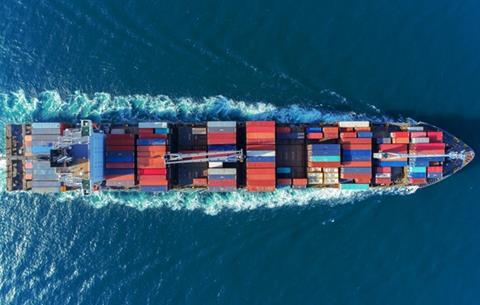The latest report from Transport Intelligence (Ti) has found that the post-Covid-19 global forwarding market is settling in to its recovery phase after dramatic contractions in 2020.

During 2020 the global freight forwarding market contracted by 8.7 percent – the sector’s worst year since the 2008 financial crisis. It is expected to bounce back strongly, however, with a growth of 11.6 percent in 2021 and a compound annual growth rate (CAGR) of 5 percent from 2020-2025.
Nevertheless, the market dynamics remain skewed with limited capacity available and sky-high freight rates presenting a challenging market for shippers and opportunities for forwarders to secure high margins.
The ocean freight forwarding market is set to grow at 7.6 percent in 2021 and at a CAGR of 4.5 percent from 2020-2025. Growth in 2021 will be largely be driven by the bounce back in volumes from 2020. Up until 2025, growth will be driven by the ongoing recovery in volumes, modal switches from air to sea and new trade agreements.
For airfreight, the market is set to have a CAGR of 5.4 percent from 2020-2025. This growth will be driven by a recovery in global trade and strong growth in airfreight intensive sectors like high tech, pharmaceuticals and cross-border e-commerce.
The report also shows that, amid all the disruption to the airfreight market, the top 20 freight forwarders have significantly increased their share of overall volumes – from 65.05 percent in 2019 to 74.89 percent in 2020. Further still, the top 20 increased the airfreight volumes handled in 2020, despite overall market volumes declining by 12.5 percent.
The ocean freight market also saw volumes decline from 2019, with 9.95 percent fewer containers handled in 2020. Nevertheless, capacity constraints and high freight rates enabled the top 20 forwarders to broadly maintain their revenues, even though they carried 7.49 percent fewer containers than in 2019.
Rates, according to Ti, remain at record levels but are still highly volatile following disruption from the pandemic and subsequent capacity crunch. Digital forwarders are also becoming increasingly competitive with established players as they invest in assets and customer service teams alongside their tech to enable more end-to-end and value added services, added the analyst.
You can purchase the full report here.















